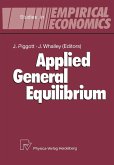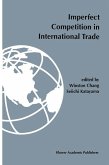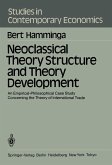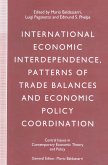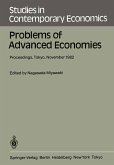Against the background of the international debt problem which originated with the oil shocks of the seventies, this book undertakes a theoretical analysis of the factors determining aggregate external debt, using the example of a raw material importing country. Instead of the usual static definition of the trade balance as the difference between the value of exports and imports in a single period, here an intertemporal approach is used with a country's current account balance determined as the difference between aggregate saving and aggregate net investment, variables which are primarily dependent on expectations about the future. The analysis is based on microeconomic optimization models which enables individual causal relationships to be presented in a detailed way, the "optimal" size of external debt to be determined and the desirability of an immediate adjustment in the level of debt following an external disturbance to be shown from a welfare point of view.
Dieser Download kann aus rechtlichen Gründen nur mit Rechnungsadresse in A, B, BG, CY, CZ, D, DK, EW, E, FIN, F, GR, HR, H, IRL, I, LT, L, LR, M, NL, PL, P, R, S, SLO, SK ausgeliefert werden.



